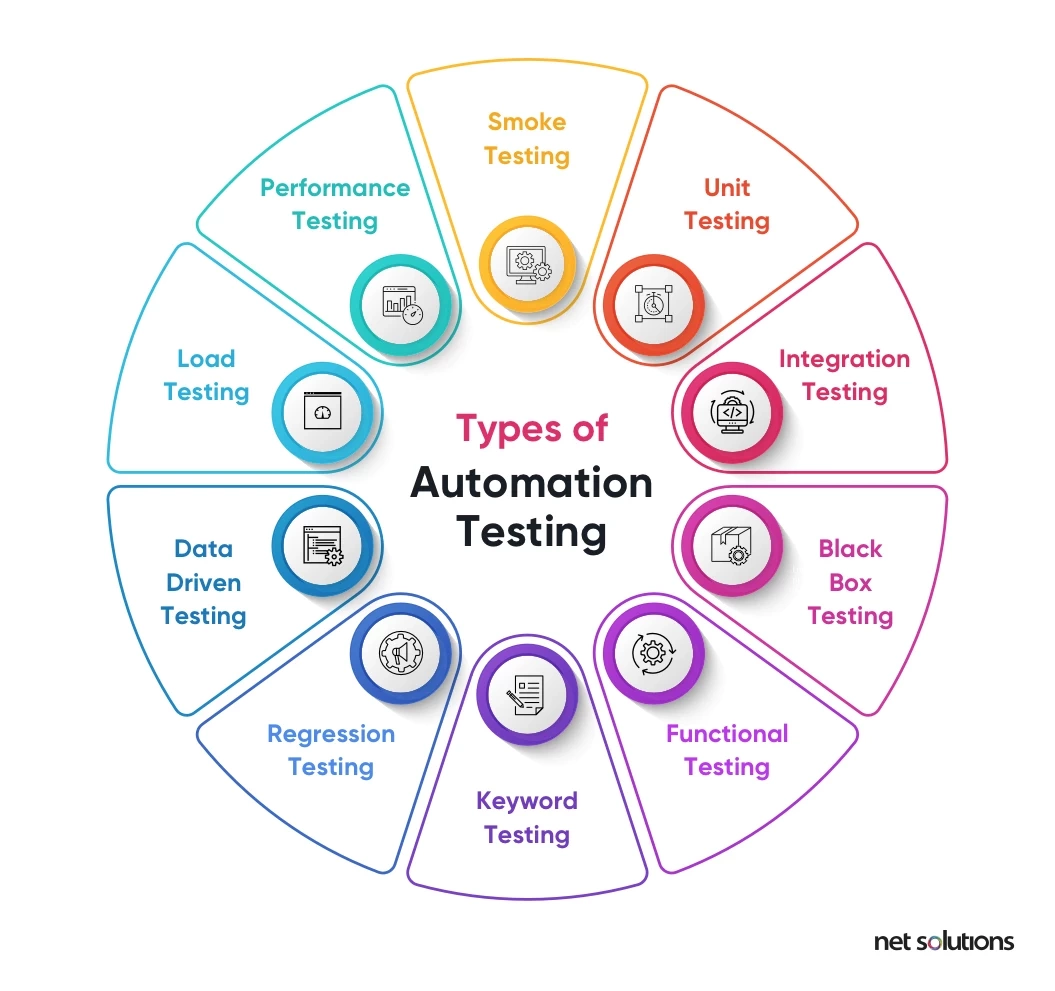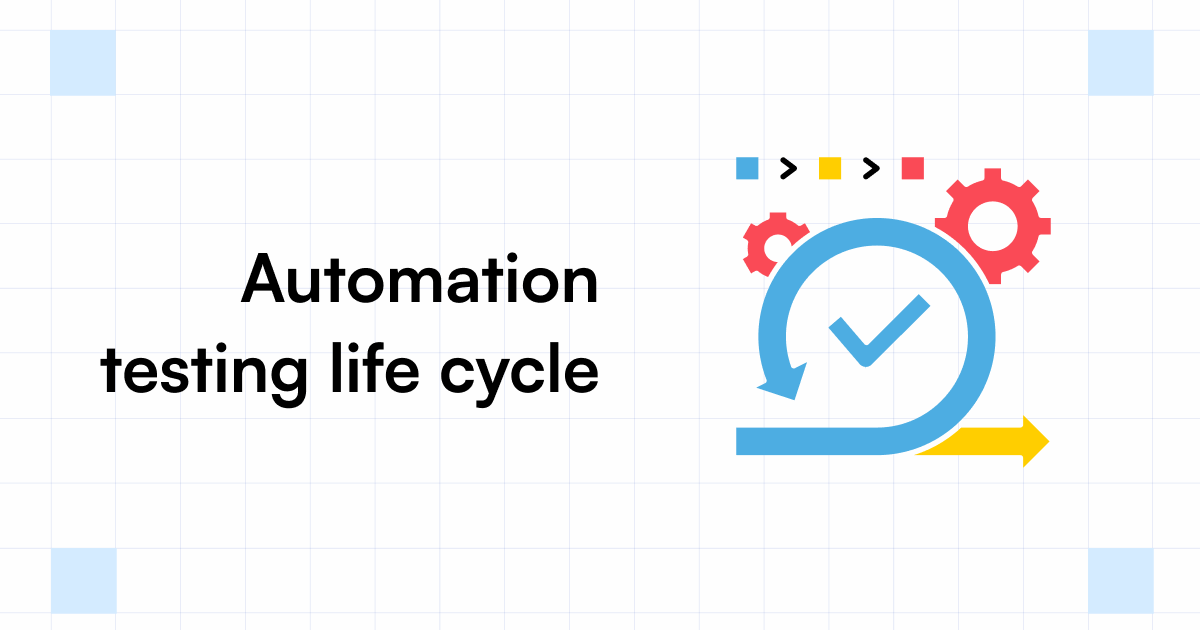The Best Overview to Implementing Automation Testing Efficiently
The Best Overview to Implementing Automation Testing Efficiently
Blog Article
From Manual to Automated Testing: A Comprehensive Guide to Transitioning Smoothly and Properly
In the realm of software program testing, the change from handbook to automated procedures has actually ended up being an increasingly crucial shift for organizations seeking to enhance effectiveness and accuracy in their screening methods. As innovation remains to advance, the requirement for effective and seamless automated screening techniques has actually never ever been much more important. The journey from guidebook to automated testing is not without its difficulties, but when come close to strategically and with a clear strategy in mind, the advantages can be substantial - automation testing. In this extensive overview, we will certainly explore key steps and factors to consider necessary for a successful transition, from the preliminary choice of tools to the integration of automation right into existing process. Stay tuned to reveal the insights that will assist lead the means for a smoother and a lot more reliable testing procedure.
Benefits of Automated Examining
Automated screening uses many benefits, enhancing performance and accuracy in software development processes. Automated tests can be run all at once on multiple tools and running systems, significantly speeding up the testing phase compared to hand-operated testing.
Moreover, automated testing ensures a higher level of precision in finding flaws. Considering that automated examinations comply with predefined manuscripts, human mistake is reduced, causing even more trustworthy test outcomes. Uniformity in screening is also boosted, as automated examinations carry out the exact same steps specifically each time they are run. This uniformity is crucial in guaranteeing that all functionalities of the software are extensively examined, decreasing the possibility of unnoticed pests slipping with to manufacturing.
Choosing the Right Devices

First of all, evaluate your objectives and demands. Recognize the scope of your task, the modern technologies included, and the ability of your team. This evaluation will help you establish the features and capabilities you require in your screening tools.
Secondly, consider the compatibility of the devices with your existing systems and processes. Smooth integration with your current software application growth lifecycle is necessary to make sure a smooth shift to automation.
Furthermore, examine the scalability and flexibility of the tools. As your testing needs develop, the tools must have the ability to adapt and accommodate modifications effectively.
Lastly, variable in the assistance and community around the tools. When applying automated testing, robust support and an energetic individual neighborhood can offer valuable resources and aid. By carefully considering these aspects, you can choose the right devices that straighten with your needs and established the phase for a successful change to automated testing.
Writing Effective Test Manuscripts

When crafting examination manuscripts, it is essential to think about the details demands of the software program being continue reading this examined and make sure that the scripts address all vital functionalities. Clear and descriptive calling conventions for examination scripts and test instances can enhance readability and maintainability. Additionally, incorporating error handling devices within the examination manuscripts can help in determining and dealing with concerns promptly.
In addition, organizing test manuscripts into modular elements can boost reusability and scalability, minimizing redundancy and boosting performance in test manuscript upkeep. Normal reviews and updates to test manuscripts are essential to equal evolving software program requirements and capabilities. By following these principles, testers can develop efficient and robust test scripts that contribute substantially to the success of automated screening processes.
Integrating Automation Into Workflows
By perfectly integrating automated testing devices like Selenium or Appium right into the software program growth lifecycle, groups can attain faster comments on code changes, leading to quicker insect detection and resolution. This assimilation permits for continuous screening throughout the growth process, making certain that any problems are determined early on, resulting in higher software high quality. Proper integration of automation tools needs cooperation in between growth, screening, and procedures groups to establish a unified workflow that enhances effectiveness and effectiveness in providing high-quality software program products.
Ensuring a Smooth Change
Effectively transitioning to automated screening includes thorough preparation and careful execution to minimize disruptions and optimize performance in the software program growth process - automation testing. To make sure a smooth transition, it is important to begin by performing a complete analysis of the current screening processes and determining locations where automation can bring one of the most substantial advantages. Involving with all stakeholders beforehand while doing so, consisting of designers, testers, and project managers, is essential for garnering support and buy-in for the automation campaign
Communication is vital during this change stage. Clear interaction of the objectives, benefits, and expectations of automated testing assists to handle any resistance or issues that may arise. Furthermore, supplying adequate training and resources for staff member to upskill in automation tools and methods is essential for ensuring an effective transition.

Conclusion
To conclude, transitioning from handbook to automated testing offers countless benefits, consisting of increased performance and integrity. By choosing the appropriate devices, writing effective examination manuscripts, and integrating automation flawlessly right into process, companies can guarantee a effective and smooth change. It visit this web-site is important to embrace automation as a beneficial possession in software program testing processes to enhance general top quality and performance.
In the realm of software testing, the shift from handbook to automated processes has come to be a significantly important transition for companies looking for to boost effectiveness and accuracy in their screening techniques. Automated tests can be run concurrently on several tools and operating systems, significantly speeding up the screening stage compared to hands-on testing. Uniformity in screening is also enhanced, as automated examinations perform the very same actions specifically each time they are run.To make certain the successful implementation of picked screening tools, the development of efficient examination manuscripts plays an essential duty in confirming the functionality and efficiency of automated procedures - automation testing. By following these principles, testers can develop reliable and robust examination scripts that contribute considerably to the success of automated testing procedures
Report this page